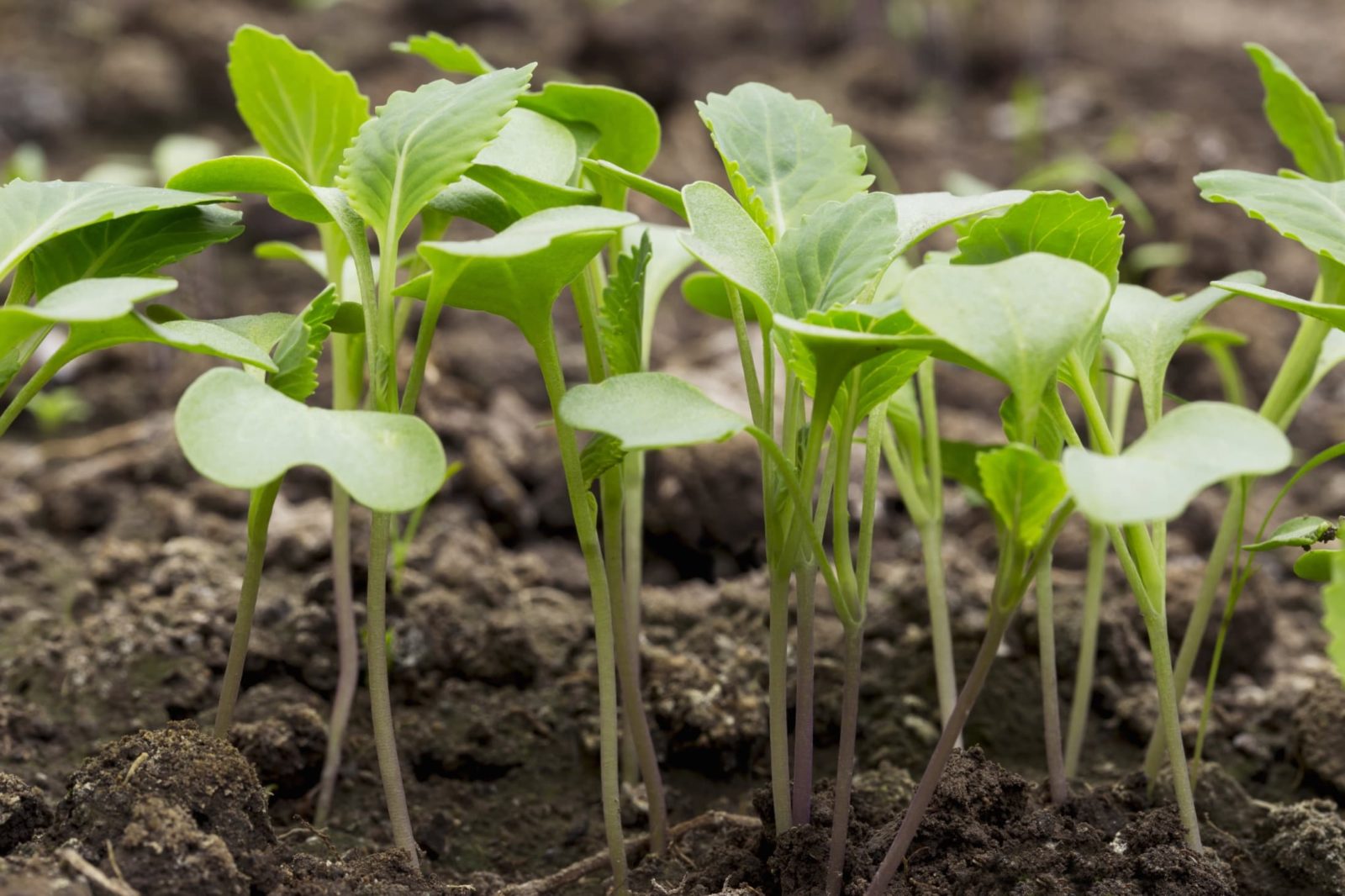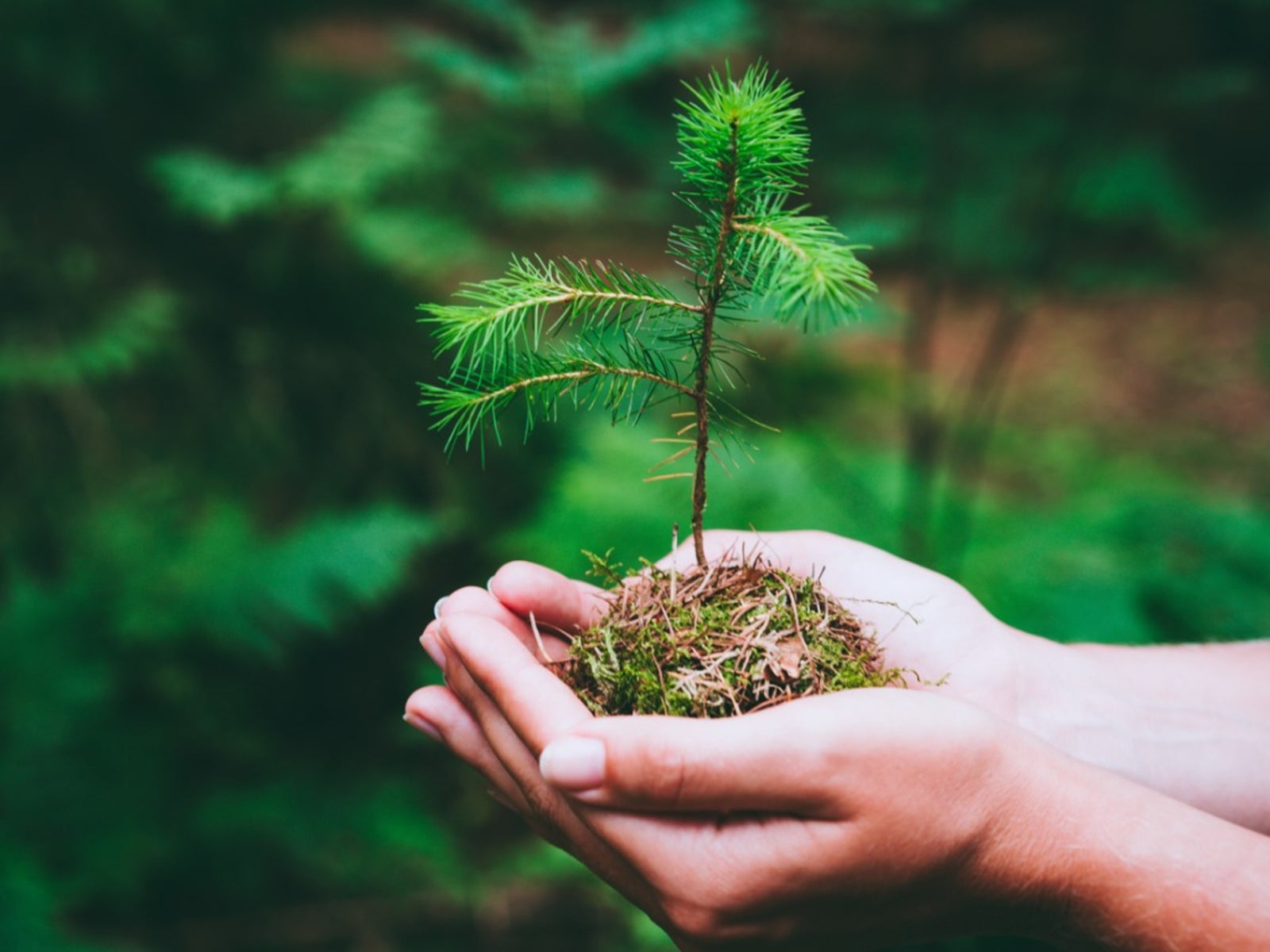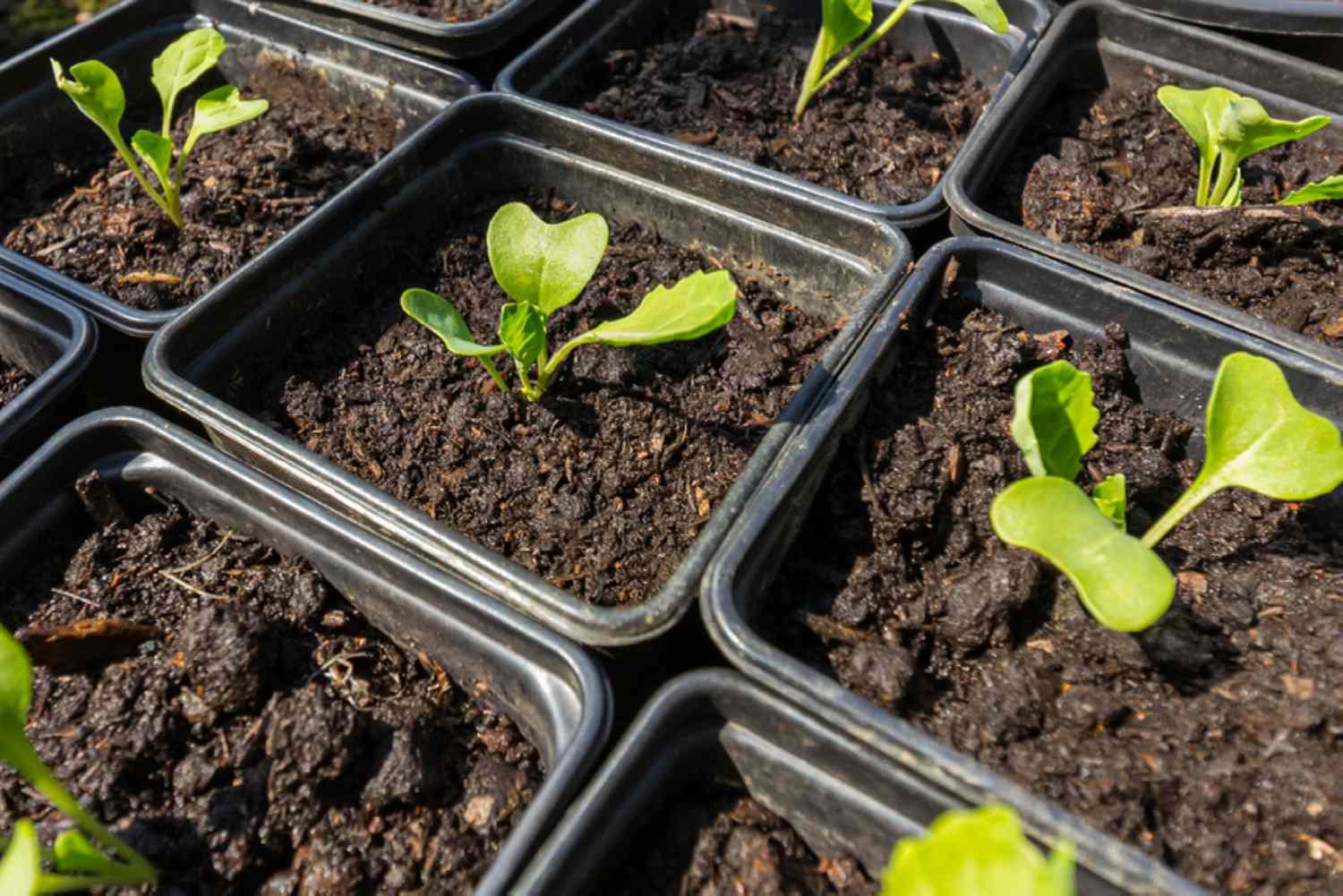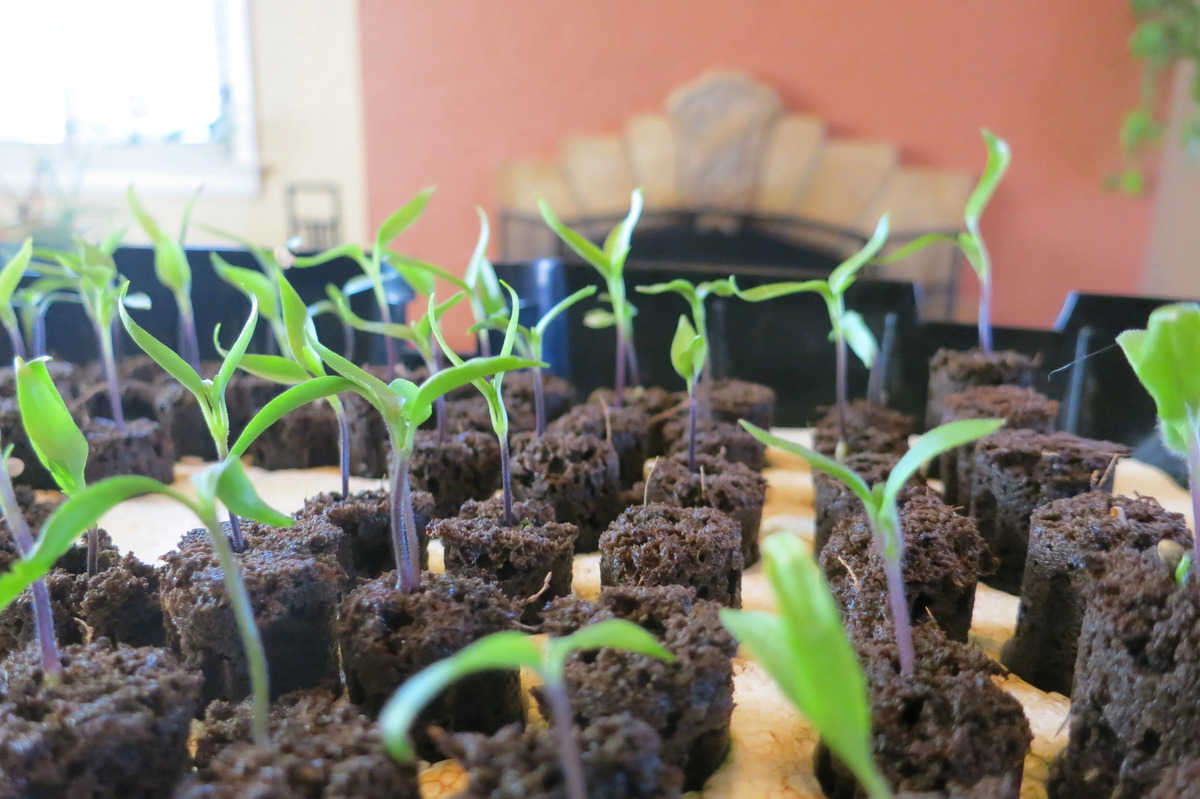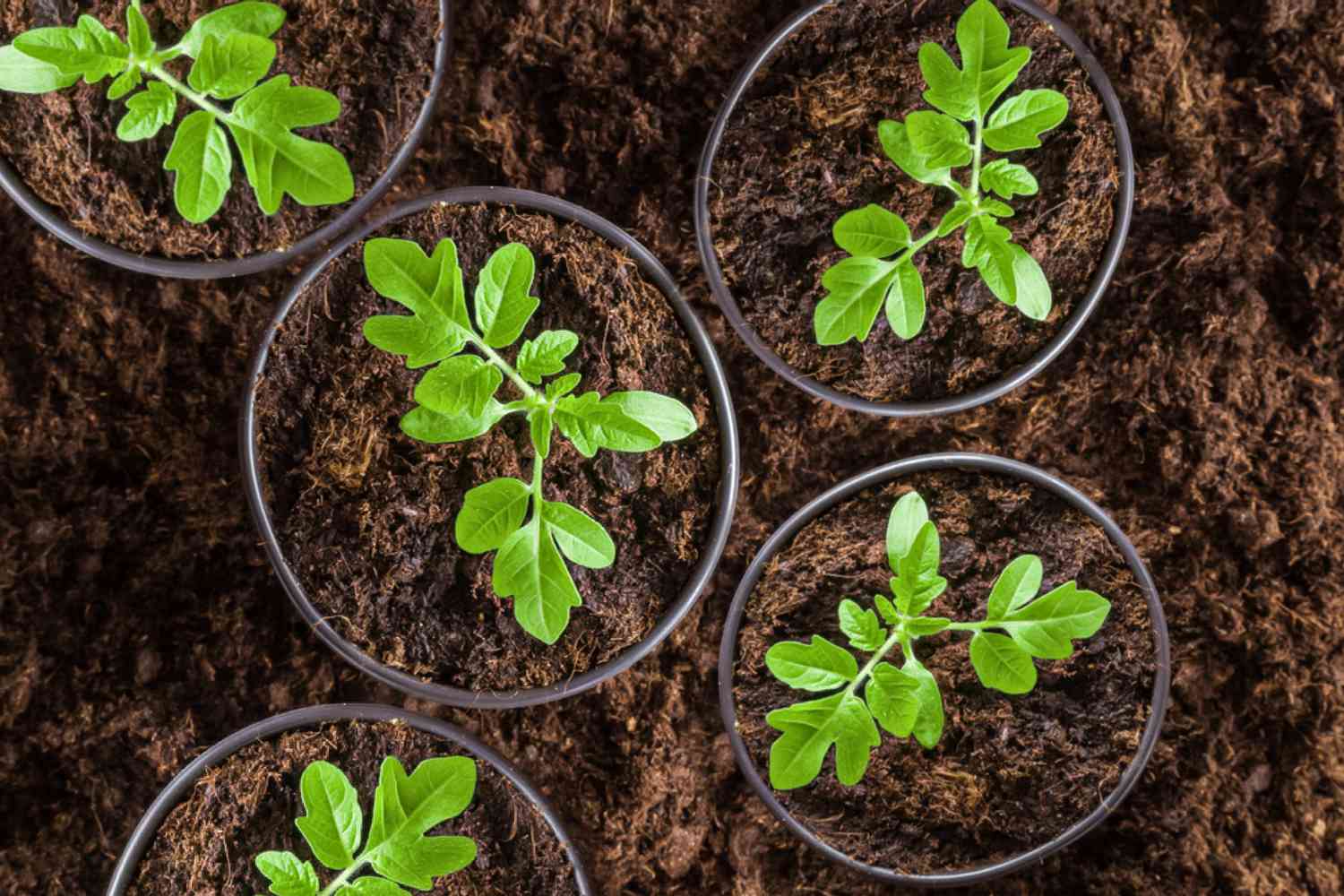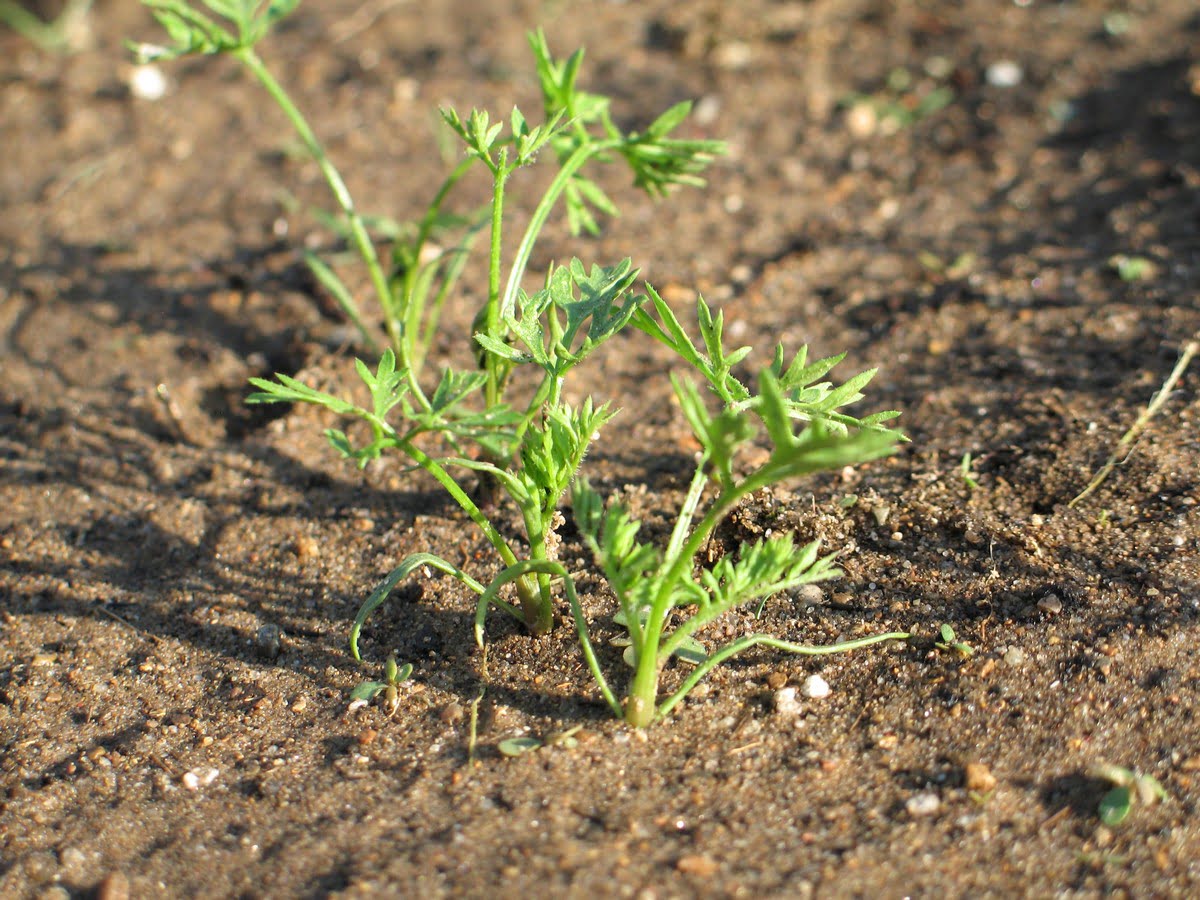Home>Gardening Techniques>Plant Care>How To Plant Leek Seedlings
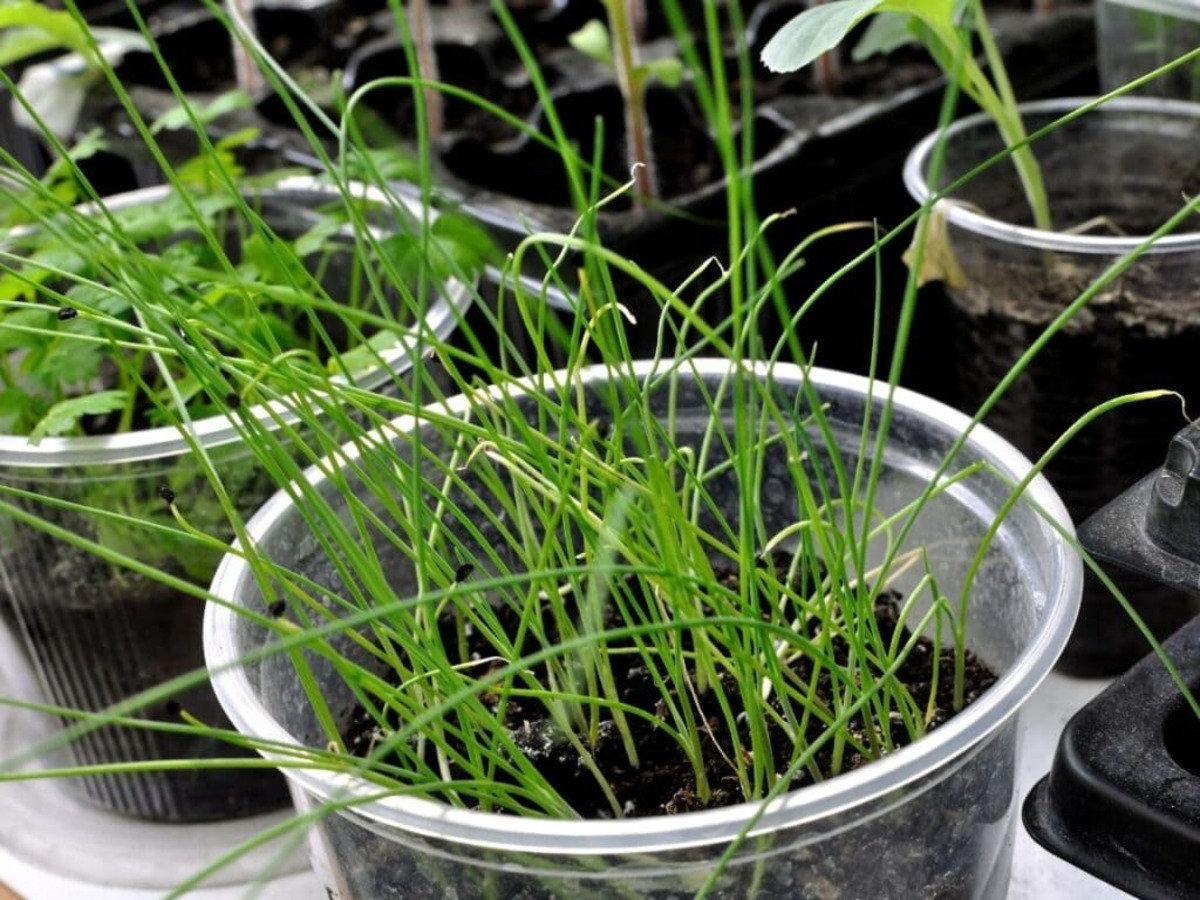

Plant Care
How To Plant Leek Seedlings
Modified: February 7, 2024
Learn the best plant care tips for planting leek seedlings. Discover step-by-step instructions for successful leek seedling planting.
(Many of the links in this article redirect to a specific reviewed product. Your purchase of these products through affiliate links helps to generate commission for Chicagolandgardening.com, at no extra cost. Learn more)
Table of Contents
Introduction
Welcome to the wonderful world of leek gardening! If you're looking to add a versatile and delicious vegetable to your garden, leeks are an excellent choice. These mild-flavored members of the Allium family are not only easy to grow but also incredibly nutritious. Whether you're a seasoned gardener or just starting out, planting leek seedlings can be a rewarding and enjoyable experience.
Leeks, with their subtle onion-like flavor, are a staple in many culinary traditions and can be used in a variety of dishes, from soups and stews to casseroles and quiches. What's more, they are packed with essential vitamins and minerals, making them a valuable addition to any diet.
In this comprehensive guide, we will walk you through the process of planting and caring for leek seedlings, from selecting the perfect location to harvesting these delectable veggies. By the end of this journey, you will be equipped with the knowledge and confidence to cultivate your own bountiful leek harvest.
So, roll up your sleeves, grab your gardening tools, and let's dive into the enchanting realm of leek cultivation. Whether you have a spacious backyard or a cozy balcony, leeks can thrive in various environments, bringing a touch of greenery and flavor to your home. Let's embark on this green-fingered adventure together!
Choosing the Right Location
Before diving into the planting process, it’s crucial to select the ideal location for your leek seedlings. Leeks thrive in well-drained soil and require ample sunlight to reach their full potential. When scouting for the perfect spot in your garden or outdoor space, keep the following factors in mind:
- Sunlight: Look for a spot that receives at least six to eight hours of sunlight daily. Leeks flourish in sunny conditions, which aid in their photosynthesis and overall growth.
- Soil Quality: Opt for a location with rich, loamy soil that is well-draining. Leeks prefer soil with a pH level ranging from 6.0 to 7.0. Amending the soil with organic matter, such as compost, can enhance its fertility and texture.
- Wind Protection: While leeks enjoy a gentle breeze, excessive wind can be detrimental to their development. Select a location that offers some protection from strong gusts, such as near a fence or amidst other sturdy plants.
- Space: Ensure that the chosen area provides enough space for the leek seedlings to spread out as they grow. Adequate spacing allows for proper air circulation and minimizes the risk of overcrowding, which can lead to disease and stunted growth.
By carefully considering these factors, you can create an optimal environment for your leek seedlings to thrive. Whether you’re planting them in a dedicated vegetable patch, raised beds, or containers, providing the right conditions from the outset sets the stage for a successful leek-growing venture.
Preparing the Soil
Once you’ve identified the perfect location for your leek seedlings, the next step is to prepare the soil to provide them with a nourishing and supportive growing environment. Here’s how to get the soil ready for your leeks:
- Clear the Area: Begin by clearing the chosen area of any debris, weeds, or rocks. This ensures that the leek seedlings have ample space to grow unhindered and minimizes competition for nutrients.
- Loosen the Soil: Using a garden fork or a tiller, gently loosen the soil to a depth of at least 12 inches. This process improves aeration and drainage, creating a hospitable environment for the leek roots to establish themselves.
- Amend the Soil: Incorporate organic matter, such as well-rotted compost or aged manure, into the soil to enhance its fertility and structure. Organic amendments provide essential nutrients and encourage beneficial microbial activity, promoting overall soil health.
- Soil Testing: Consider conducting a soil test to assess its pH level and nutrient content. This valuable information can guide you in making any necessary adjustments to ensure that the soil meets the specific requirements for growing healthy leeks.
By taking the time to prepare the soil thoughtfully, you are laying the groundwork for the success of your leek crop. Well-conditioned soil not only supports robust plant growth but also contributes to the flavor and nutritional quality of the harvested leeks. With the soil primed and ready, your leek seedlings are poised to thrive and flourish in their new home.
Planting the Leek Seedlings
Now that the soil is prepped and awaiting the arrival of your leek seedlings, it’s time to delve into the planting process. Follow these steps to ensure that your leeks get off to a strong start:
- Transplanting Seedlings: If you’re starting with leek seedlings from a nursery or have grown them from seeds indoors, carefully transplant them into the prepared soil. Leeks are typically planted in early spring for a summer harvest or in late summer for a fall or winter harvest.
- Digging Furrows: Using a garden trowel or a dibber, create furrows in the soil that are approximately 6 inches deep and spaced 6-8 inches apart. These furrows will accommodate the leek seedlings and allow for proper soil coverage.
- Planting Depth: Gently place the seedlings into the furrows, ensuring that they are positioned at the appropriate depth. Ideally, the base of the leaves should be just above the soil level, allowing the plants to anchor themselves securely while promoting healthy growth.
- Spacing and Thinning: Space the seedlings 6 inches apart within the furrows to provide ample room for them to mature. As the leeks grow, thin them out by removing every other plant, allowing the remaining ones to reach their full potential.
- Watering and Mulching: After planting, water the seedlings thoroughly to settle the soil around their roots. Applying a layer of organic mulch, such as straw or shredded leaves, helps retain moisture, suppresses weed growth, and maintains a consistent soil temperature.
By following these planting guidelines, you are establishing the foundation for healthy and vibrant leek growth. With proper care and attention, your leek seedlings will soon flourish, heralding the promise of a bountiful harvest that awaits in the not-so-distant future.
Caring for Leek Seedlings
Once your leek seedlings are nestled in the soil, they will benefit from attentive care to support their development and ensure a successful growing season. Here are essential practices to keep your leek seedlings thriving:
- Watering: Consistent and adequate moisture is crucial for leek seedlings. Ensure that the soil remains evenly moist, especially during dry spells. However, avoid waterlogging the soil, as excessive moisture can lead to rot and other detrimental conditions.
- Weeding: Regularly remove weeds from around the leek seedlings to minimize competition for nutrients and prevent them from overshadowing the young plants. A weed-free environment promotes healthy growth and minimizes stress on the leeks.
- Fertilization: Consider feeding the leek seedlings with a balanced, organic fertilizer to bolster their growth. A slow-release fertilizer or a top dressing of compost can provide the necessary nutrients for robust development without overwhelming the plants.
- Hilling: As the leek seedlings grow, gently mound soil around the base of the plants to blanch the stems. This process involves covering the lower portion of the leeks to encourage the development of tender, pale stems, a sought-after characteristic in leeks.
- Pest and Disease Management: Keep an eye out for common pests and diseases that may affect leeks, such as onion flies and leaf miners. Employ preventive measures, such as row covers and vigilant inspection, to protect the seedlings from potential threats.
By tending to the needs of your leek seedlings with care and diligence, you are fostering their resilience and vitality. These nurturing practices contribute to the overall health and vigor of the leeks, positioning them for a flourishing growth trajectory and a rewarding harvest in the seasons to come.
Harvesting Leeks
As your leek seedlings mature into robust plants, the anticipation of a bountiful harvest begins to materialize. Harvesting leeks at the right time ensures optimal flavor and texture, allowing you to savor the fruits of your labor. Here’s how to harvest leeks with precision and care:
- Maturity Assessment: Leeks are typically ready for harvest when they have reached a desirable size, usually around 1 to 2 inches in diameter. Additionally, the lower portions of the stems should be blanched, showcasing a pale and tender appearance.
- Loosening the Soil: Prior to harvesting, gently loosen the soil around the leeks using a garden fork or trowel. This process facilitates the extraction of the leeks without causing damage to the plants or their neighboring counterparts.
- Uprooting the Leeks: Grasp the leek near its base and carefully lift it from the soil, ensuring that the roots come out intact. Avoid pulling on the foliage, as this can cause damage to the plant and compromise its quality.
- Trimming and Cleaning: Once harvested, trim the roots and any excessively long foliage from the leeks. Rinse off any soil adhering to the outer layers, taking care not to damage the delicate stems and leaves.
- Storage: After harvesting and cleaning, store the leeks in a cool, humid environment to maintain their freshness. They can be refrigerated for several weeks or stored in a root cellar for longer-term preservation.
By following these harvesting guidelines, you can enjoy a plentiful supply of freshly harvested leeks, ready to elevate your culinary creations with their delightful flavor and versatility. Whether incorporated into soups, stir-fries, or gratins, homegrown leeks infuse dishes with a delectable essence that reflects the care and dedication invested in their cultivation.

